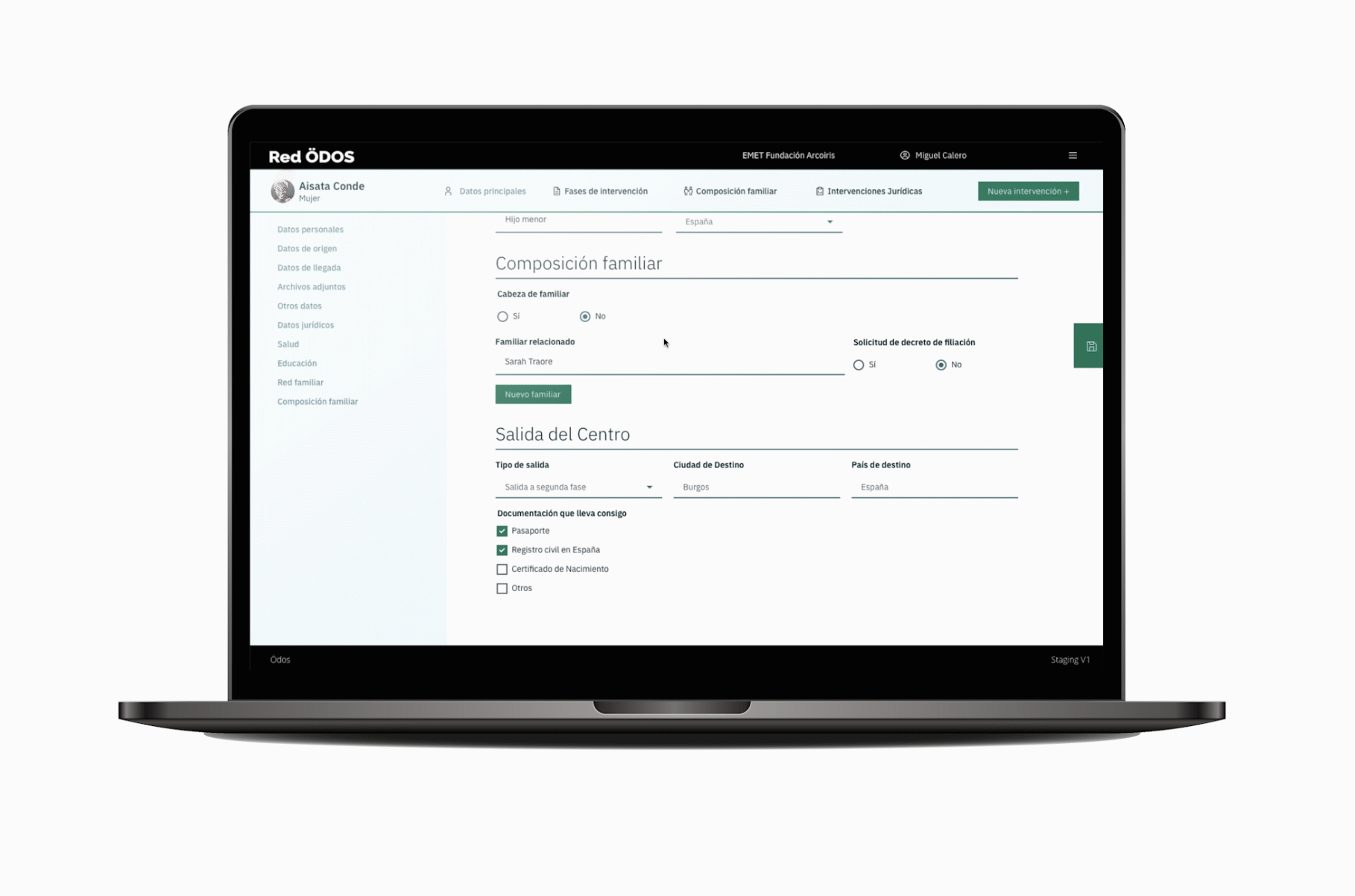Sector: Social impact (NGO)
Aplicación: Digital identity
Empresa: Wealize
Throughout 2020, a total of 41,861 people arrived in Spain irregularly by sea or land, an increase of 29% over arrivals in 2019, according to data from the Ministry of the Interior. Of these, more than 2,000 were women, and more than 4,800 were minors who arrived alone or in the company of an adult. Most of them came from Africa after a long migration journey and have no way of proving their identity, which makes them potential victims of human trafficking.
According to the World Bank, more than one billion people in the world have no way of proving their identity. These people include refugees, trafficked children, homeless people and other groups not accounted for in any institutional system. The problem fuels itself, as the longer a person goes without identification, the more complicated it becomes to recover it. Article 6 of the Universal Declaration of Human Rights states that “everyone has the right to recognition everywhere as a person before the law”, urging society to pursue the ubiquity of identity. Likewise, one of the targets of Sustainable Development Goal 16 is to provide legal identity for all, including birth registration, by 2030.
RedÖdos was created to help achieve this target (SDG 16.9), rolling out a digital identity platform. This is a groundbreaking initiative in Spain, aimed at protecting women and children in situations of special vulnerability and run by organisations from various industries in Spain, Morocco and France. The project is led by the EMET Arco Iris Foundation and has significant support from national and international public and private organisations: Montilla City Council, the Regional Government of Andalusia, the United Nations Refugee Agency (UNHCR), the International Organization for Migration (IOM) and the Ombudsman.
The project’s major goals include improving collaboration between organisations by managing sensitive data and building a digital identity that complies with the GDPR, including the right to be forgotten. Another key aim is to develop a system for donors and collaborators that uses reliable data to improve transparency.
To achieve these goals, Wealize is working with the EMET Arco Iris Foundation to develop a platform focused on providing comprehensive care and support to women with children or in an advanced state of pregnancy who enter Spain irregularly and without identification, and who are not able to access the current resources because they are not recognised as victims of trafficking.
Since the end of last year, the ÖDOS platform for potentially trafficked immigrant women and children has been adapted for the use of decentralised digital identity ID_Alastria and ESSIF in T networks (Alastria) and EBSI, respectively. This project is in line with the work that Wealize is carrying out with Unicef and Universidad Pontificia de Comillas’ University Institute of Studies on Migration (IUEM), which involves a platform for decentralised digital identity management for women and children victims of trafficking, allowing for the management of reliable shared data for victims, organisations and administrations.
Why blockchain?
The blockchain-based platform supports cooperation to promote the flow of information between organisations, partners and collaborators involved in the project, with a focus on collaboration, security, privacy, transparency and impact measurement.
The first version of the platform was developed in 2018 and has since enabled the management of more than 300 files, with over 10,000 health, psychological and legal interventions, and role-based access. Personal information and interventions are notarised in Hyperledger Fabric. Where necessary, personal information and interventions are pseudonymised and marked as inaccessible on the blockchain.
How it works
Public organisations and institutions struggle with interoperability when sharing data with each other, as they assist people from vulnerable groups with whom it is very difficult to build trusting relationships. Once these relationships are formed, and after working with these people, sometimes data need to be shared with other institutions so that they can provide the extra services they need. In most cases, however, this requires the disadvantaged person to re-tell their story to this new institution, reopening wounds that are often already in the healing process.
One solution proposed to solve this problem was to build a unified platform to be used by all the institutions involved, but this poses usability problems and major GDPR liabilities. Therefore, a more viable alternative is a blockchain-based solution. With this solution, each organisation has its own private instance where it stores only the data it generates, and only the employees of this organisation can access this information.
To generate and store a credential, the process is as follows:
The organisation:
– Registers as an issuer, providing proof that it is a trusted organisation.
– Collects information about a user to whom it provides a service.
– Upon the user’s request, it issues a credential, i.e. verified information, generating a QR code.
The user:
– Identifies themselves to an organisation.
– Asks the organisation to issue a credential.
– Scans the QR code and saves the credential on their mobile phone.
– This exchange of information is recorded in the blockchain ledger.
To share information between organisations, the process is as follows:
The organisation:
– Identifies itself to the user and requests information via a QR code.
– Verifies that the information sent by the user has been issued by another trusted organisation.
– Saves the information sent by the user.
The user:
– Has several credentials previously issued by different organisations on their mobile phone.
– Scans the QR and decides which information to give this organisation access to.
– The transaction is recorded in the blockchain ledger.
